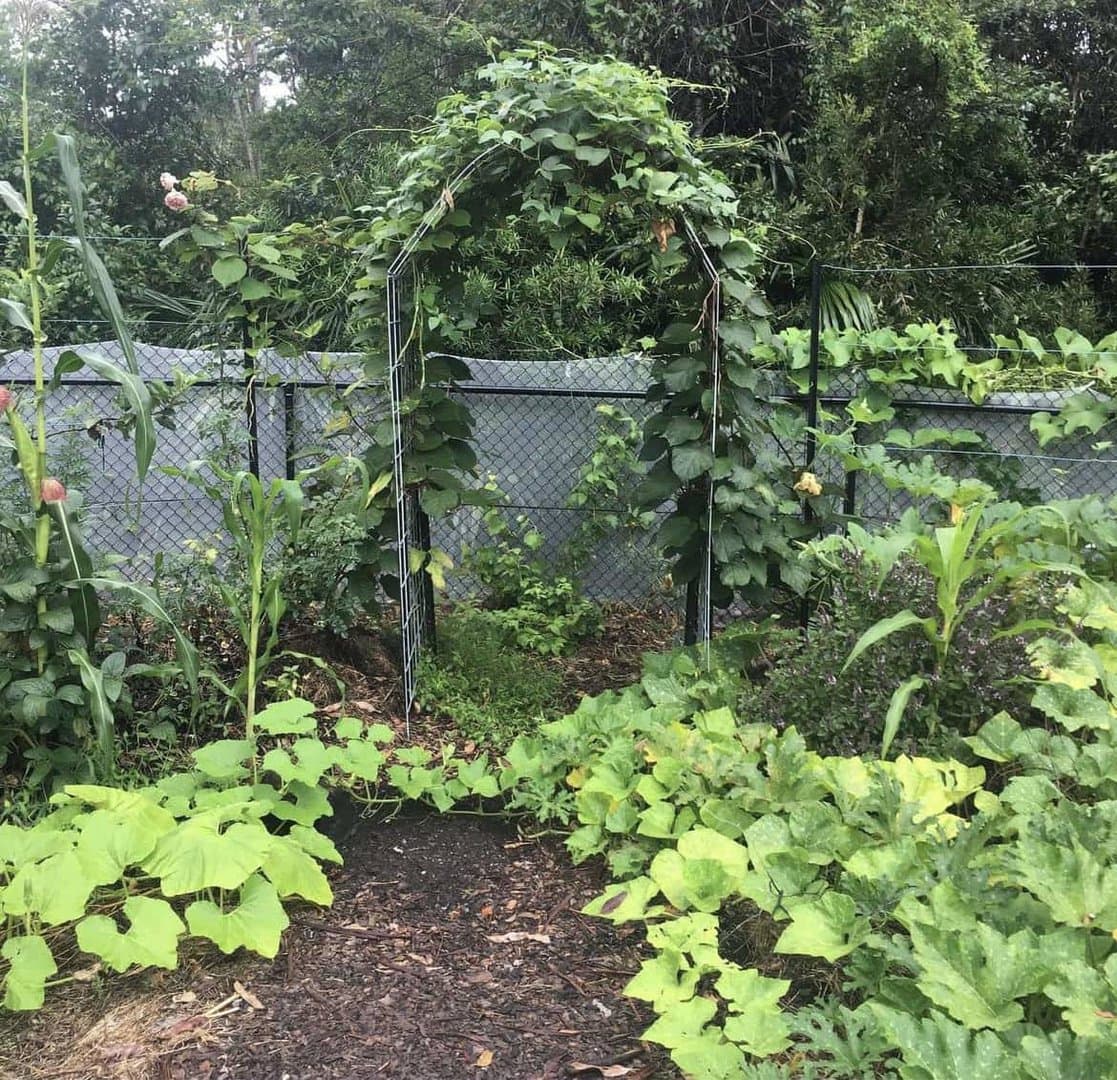I always feel a subtle shift in mood as we pass the longest night of the year and start heading towards spring. It could be that the steady increase in sunlight each day has something to do with it, or perhaps it’s just the arrival of seed catalogues!
So much of the diversity in my garden was inspired by these amazing magazines. They are packed with enticing descriptions of every imaginable kind of food plant. Here are my tips for seed shopping:
- Buy Organic
The first ethic of permaculture is earth care and commercial seed, like everything else that is grown to sell, might have been drenched in all kinds of nasty chemicals. Organic seed will also be tougher because it had to survive without these horrible treatments. - Choose Heirlooms
Heirloom seeds are named after precious things that get passed down through families from one generation to the next and they are just as precious. These varieties are open pollinated, which means the seed they produce is true to type and you can save some for next year. The big commercial seed companies spent many years selling us just one or two varieties of everything, along with the chemicals we needed to protect those plants from the “pests” that evolved along side them. Lately even these companies are starting to include tough, highly productive heirloom seeds alongside their F1 hybrids. F1 seed is produced by cross breeding two varieties so that the only way to grow the same crop next year is to buy more of the same seeds. See what they did there! - Check Germination Instructions
If you are a busy person with little time for the daily love that punnets provide you might like to stick with seeds that can be sown directly into your soil. If you do want to start seeds in punnets then a cold frame or a sunny, north facing window will give them a kick start, but make sure to coincide you seedlings with the rise in soil temperature or they will fail when you plant them out. You can overcome this problem by moving your seedlings to slightly larger pots and keeping them in a warmer sunny spot for a few more weeks. - Shop Around
We are blessed with several wonderful seed companies and all of them offer something a bit different. Check the number of seeds that you will get for your money. - Buy With Friends
Invite some permie mates over for lunch and share the cost of your seed purchases. Most of us don’t need an entire packet of seed and you can save a lot of money in the bulk seed sections of seed suppliers. Remember that seeds sold for sprouting can still be used to grow food and they are often considerably cheaper. - Save And Share
Our wonderful seed bank comes along to every gathering and our wonderful volunteers are always happy to receive donations. Have you made a withdrawal from the seed bank in the past? It’s a good time to repay that so that someone else can have seeds. - Value Diversity
Diversity is a key feature of all permaculture systems so choose a couple of different varieties and compare their performance. Each year I like to add in a couple of varieties that I’ve never grown before, just to try something new. - Share Your Success
Our Facebook group has become a wonderful space for collaborative learning so please photograph your system regularly to let other members know what grows well in our bioregion. Please include your suburb so we all know if you’re on clay or sand, because our bioregion has both. If you’re feeling brave enough, include your failures and mistakes. They are often our greatest opportunities for learning.

